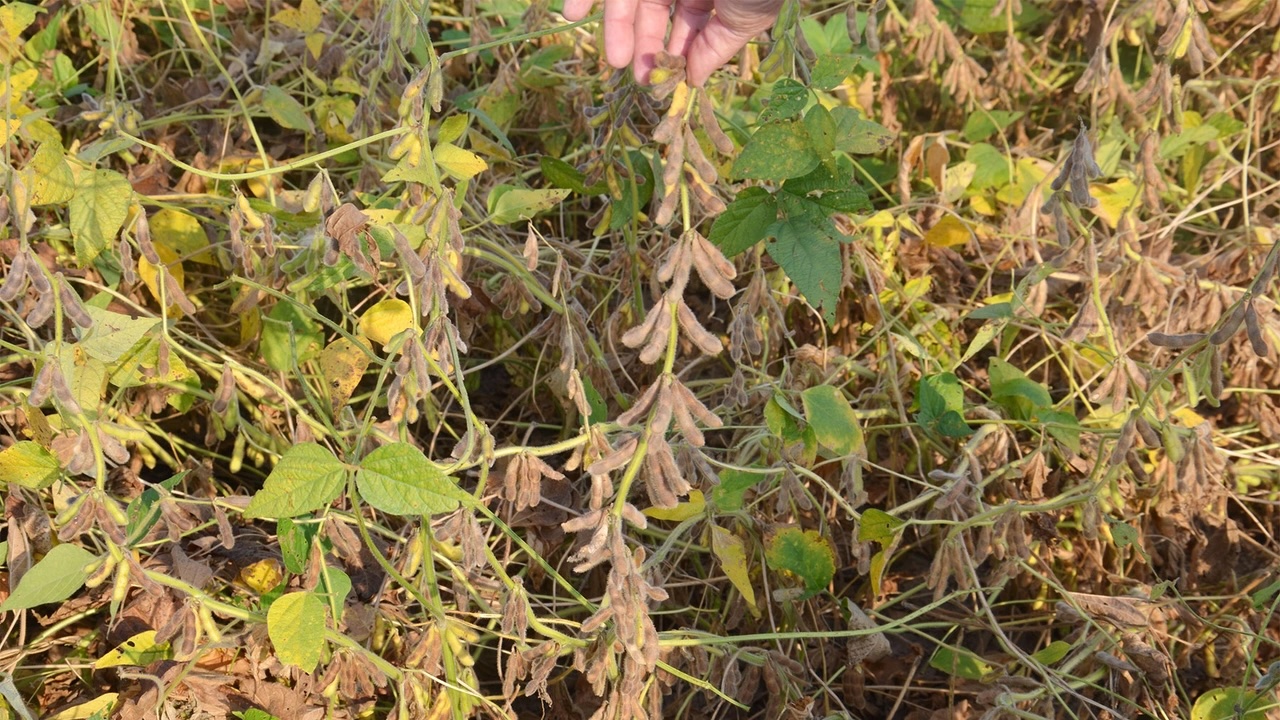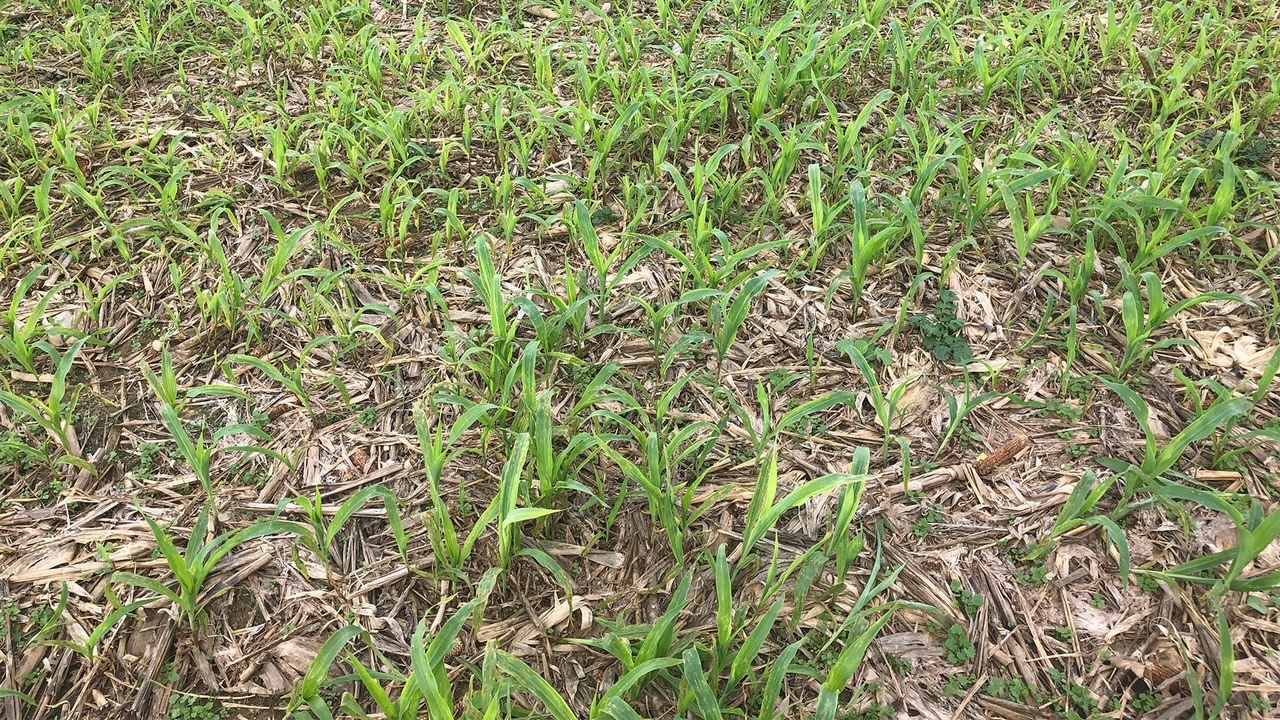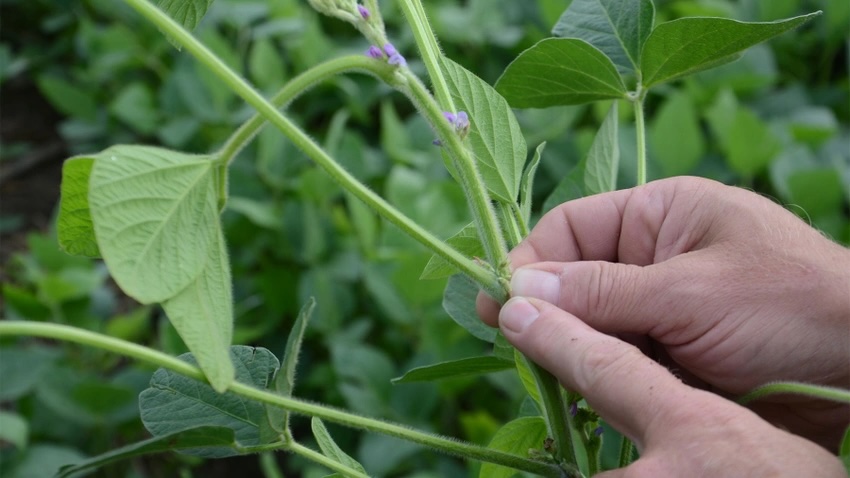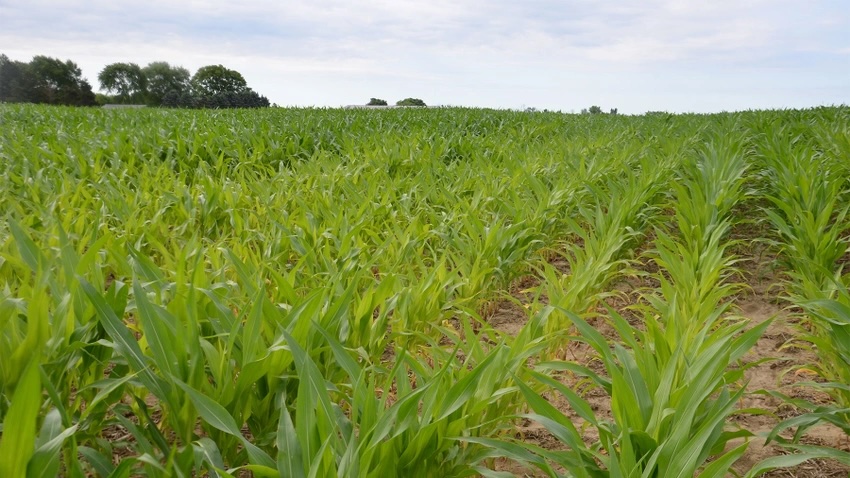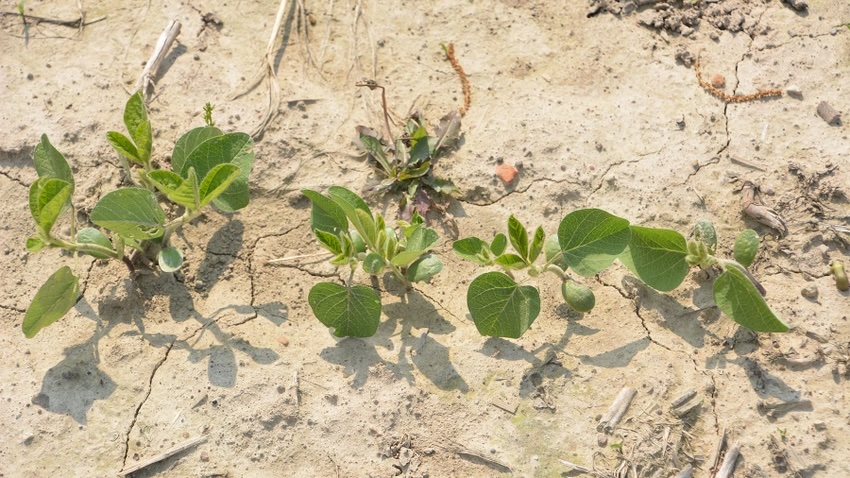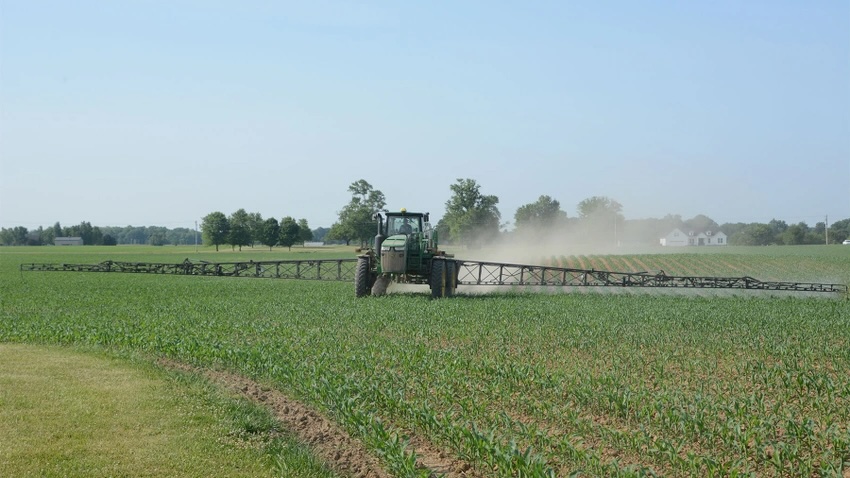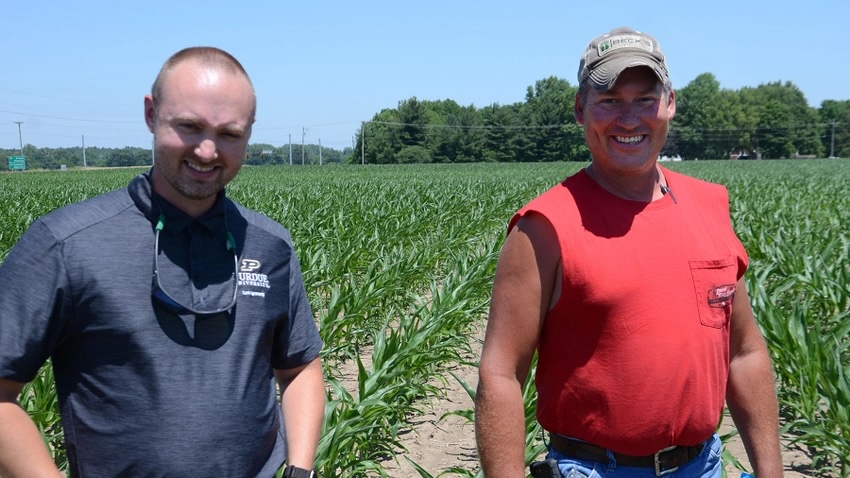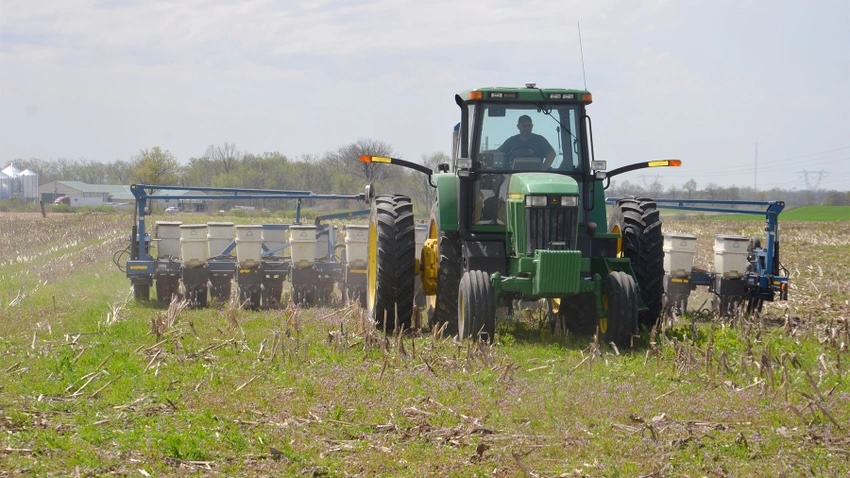Take another look at varying seeding rates for corn

Corn Corner: Some data indicates VRT may not pay as often as you think.
Jan 27, 2022
We have varied seeding rates on the go. When the combine goes through, I have a difficult time deciding if it pays. My dad wants to seed 34,000 everywhere. Maybe I haven’t built prescriptions correctly. What is the best plan for varying seeding rates?
The Indiana certified crop adviser panel answering this question includes Gene Flaningam, Flaningam Ag Consulting LLC, Vincennes; Brian Mitchem, area manager for Nutrien Ag Solutions/Loveland Products, Decatur; Jeff Nagel, agronomist for Ceres Solutions, Lafayette; and Dan Quinn, Purdue University Extension corn specialist, West Lafayette.
Flaningam: Corn yields vary year to year, and we have variable productivity in most fields that isn’t always consistent. It’s best to utilize multiple years of corn yield maps to define zones for variable-rate technology corn seeding. We may see a bigger savings in seed cost vs. an increase in yield for VRT corn seeding.
Mitchem: Most farmers with variable soils using prescription seeding rates in corn say it’s profitable over time. Without specific soil and yield potential information, I suggest you consult with your local seed or retail agronomist on increasing the plus-minus spread on seeding rates. The spread might be too narrow to fully take advantage of variation within a field.
Nagel: You might hear that every 1,000 plants per acre equates to 7 bushels per acre. That might be in the ballpark at lower seeding-rate ranges, but not at near-optimum seeding rates. Most seeding rate data shows a fairly flat yield response across a broad seeding rate range.
In Indiana, on-farm research suggests the agronomically optimum plant population is around 32,000 plants per acre. In Illinois, the AOPP is around 37,000. The economically optimum seeding rate would be lower. The response to plant populations near the AOPP is relatively flat, even when populations vary by 1,000 to 2,000 plants in either direction. In Indiana, the AOPP for more drought-prone soils is 5,000 to 10,000 plants lower.
If you don’t have highly variable soils, you may not see much value in VRT. If you have significant areas of fields that have less moisture-holding capacity and/or soils where emergence is more difficult, VRT will be a much better fit and provide a return on investment.
Quinn: The difficulty with variable-rate seeding in corn in Indiana is that most variable-rate “prescriptions” fall within the range of about 28,000 to 35,000 plants per acre on productive, non-drought-prone fields. Purdue research has shown that between 28,000 and 35,500 plants per acre at harvest, there is only a 0.5% difference in yield. Between 26,750 and 37,000 plants per acre, there is only a 1% difference in yield. It is true that newer corn hybrids are more tolerant to higher plant populations, but they are also more tolerant to lower plant populations. So, it is often difficult to realize the benefit from VRT in many fields in Indiana.
Fields with areas that are highly variable and have locations that are prone to drought, and/or irrigated acres where large differences in optimum plant populations — like 10,000 or more plants per acre — are needed for non-irrigated corners tend to be where variable-rate seeding is most beneficial.


